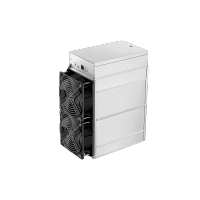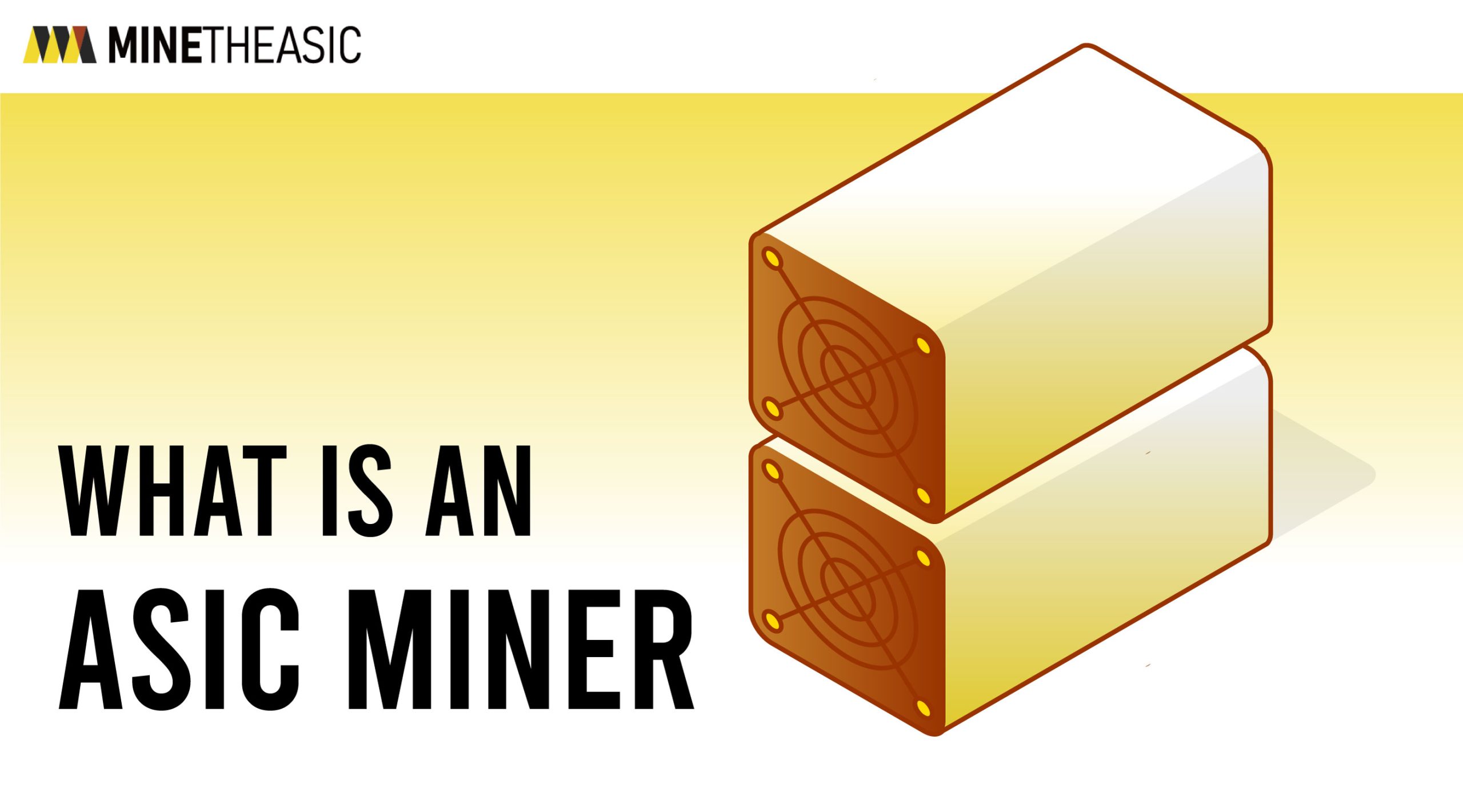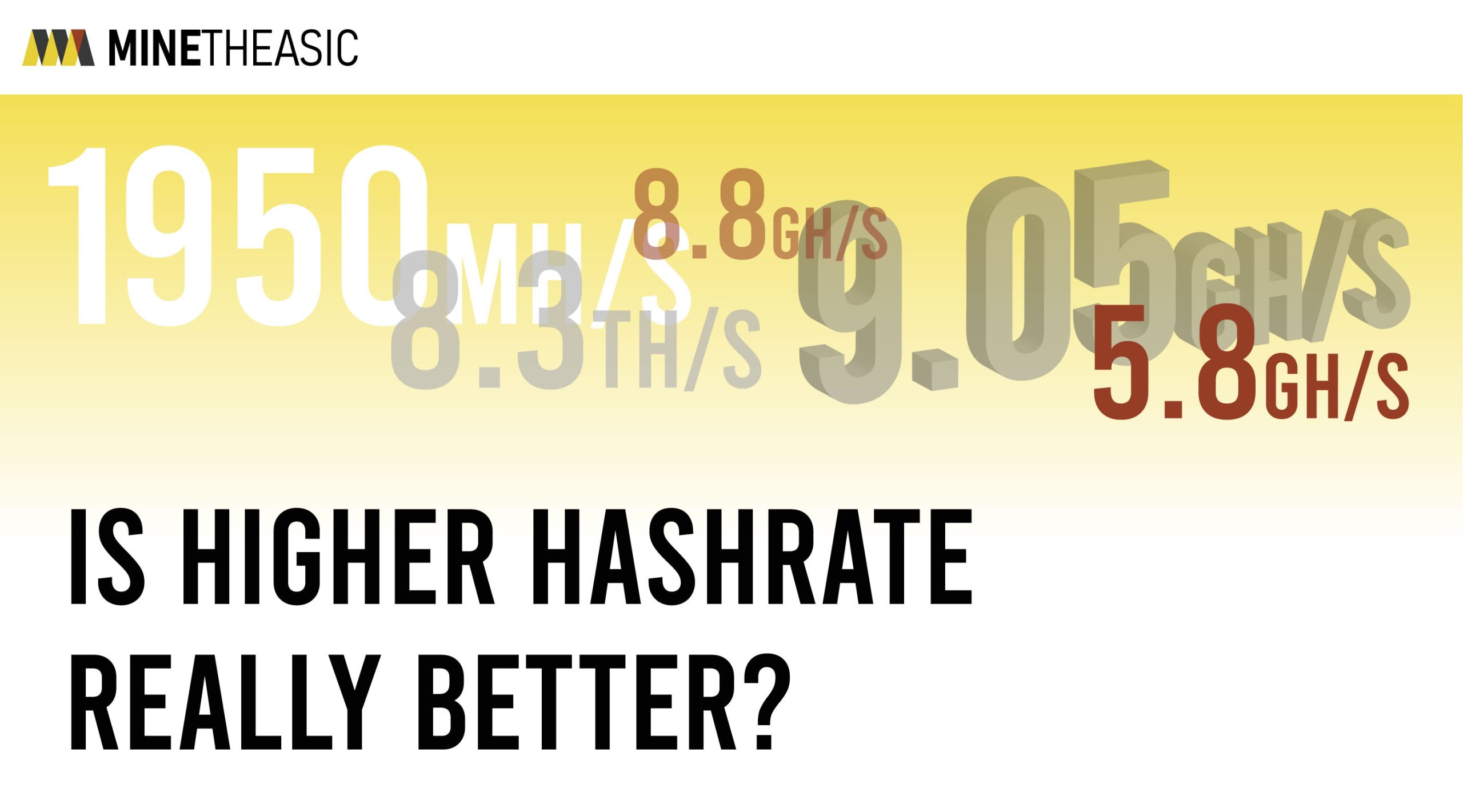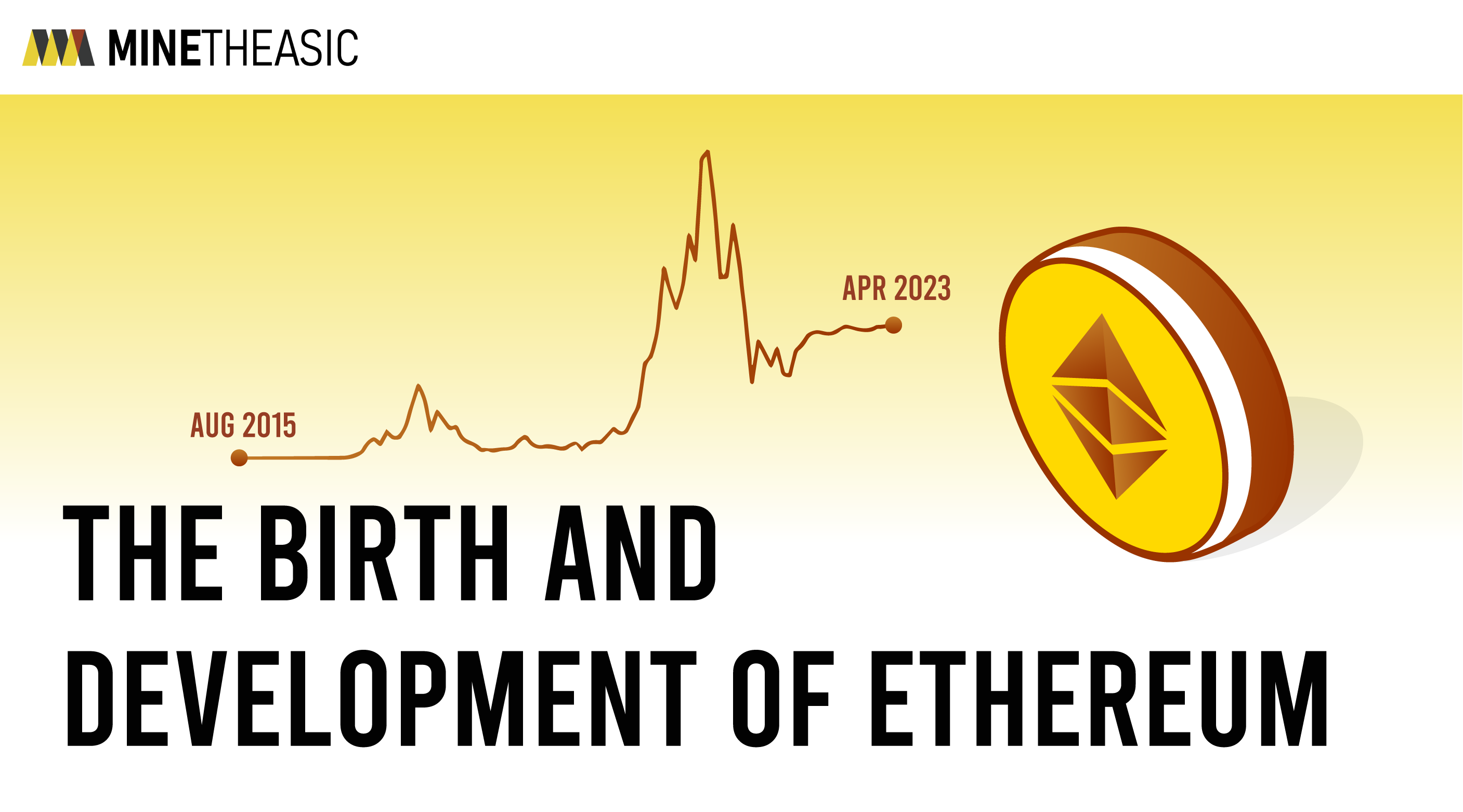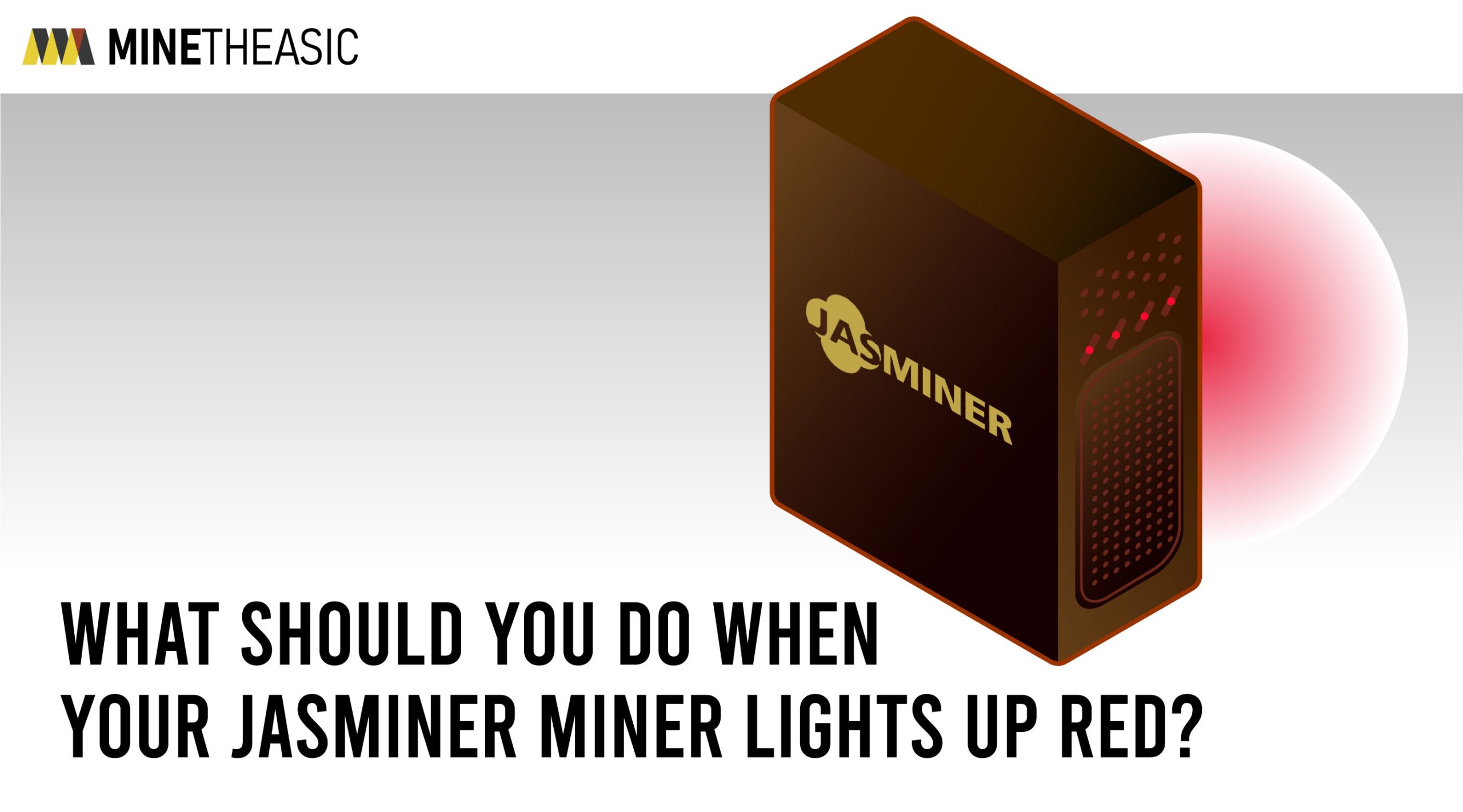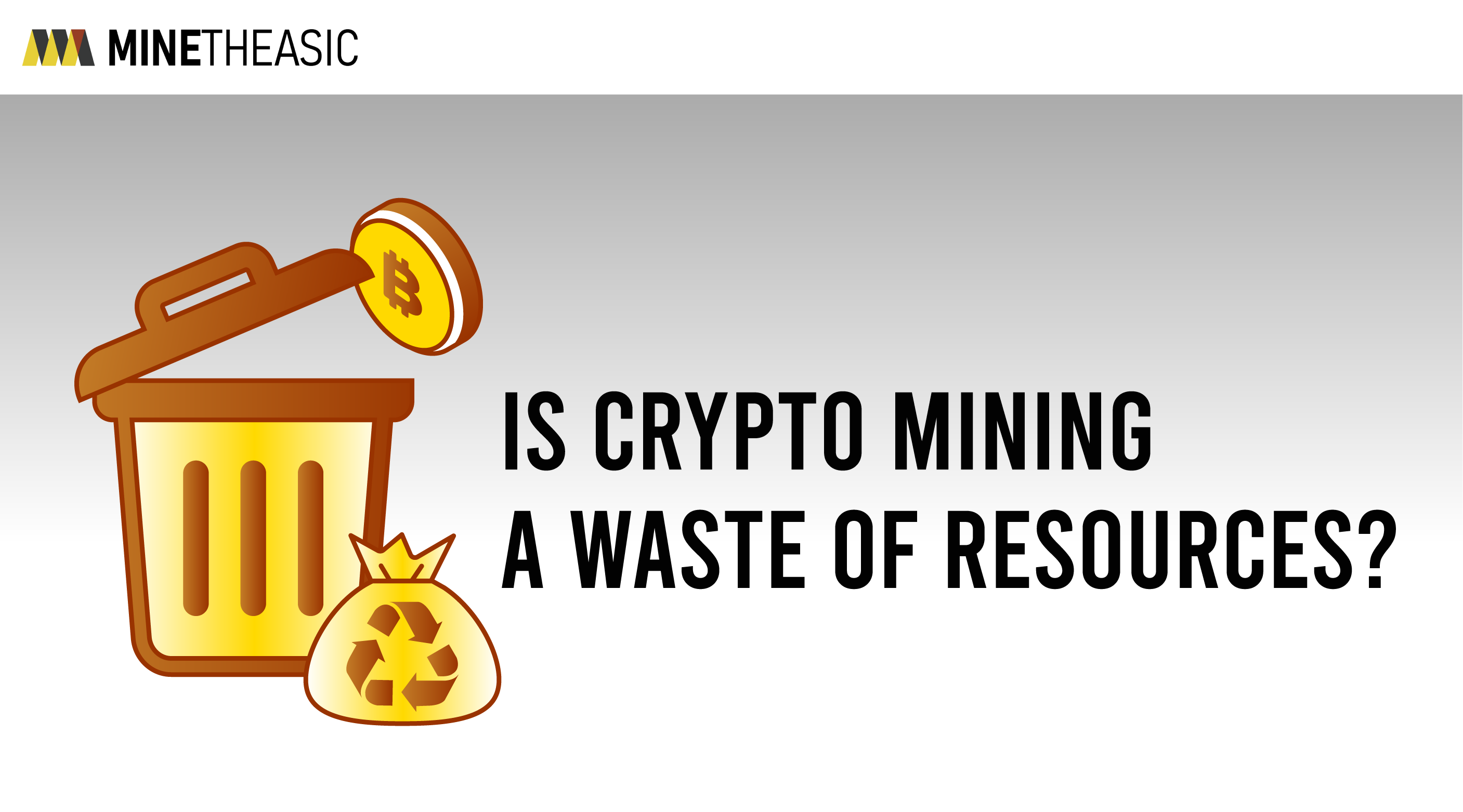Decoding ASIC Miners: Cryptocurrency Mining Revolution
An ASIC miner (Application-Specific Integrated Circuit) is hardware engineered exclusively for cryptocurrency mining. Unlike general-purpose devices like laptops or gaming PCs, ASICs perform one task with extreme efficiency: calculating complex mathematical puzzles to validate blockchain transactions and earn mining rewards. Think of ASICs as Formula 1 race cars—built for maximum speed in one specialized arena.
Every ASIC miner targets a specific algorithm. Bitcoin miners handle SHA-256 calculations, while Litecoin machines solve Scrypt algorithms. This specialization creates staggering performance advantages—modern ASICs deliver terahashes per second (trillions of calculations), dwarfing GPU capabilities. For perspective, Bitmain’s Antminer S21 operates at 200 TH/s while consuming just 17.5 joules per terahash, making it 5-10x more efficient than consumer hardware.
Evolution of Mining Hardware: CPU to ASIC Dominance
Cryptocurrency mining evolved through four distinct hardware phases:
- CPU Mining (2009-2011): Early Bitcoin miners used standard computer processors. Pros: Low cost. Cons: Inefficient (≤10 MH/s).
- GPU Mining (2011-2013): Graphics cards enabled parallel processing. Pros: Flexible. Cons: High power consumption.
- FPGA Mining (2013): Field-programmable gate arrays offered customization. Pros: Better efficiency. Cons: Complex setup.
- ASIC Era (2013-Present): Dedicated mining chips dominate. Pros: Unmatched speed/efficiency. Cons: Algorithm-specific.
This progression highlights a critical tradeoff: as mining rewards increased, hardware became more specialized. Today’s ASIC miners are indispensable for competitive operations.
How ASIC Miners Crush Cryptographic Challenges
ASICs work by executing blockchain consensus algorithms at unparalleled speeds. For example:
- Bitcoin’s SHA-256 algorithm requires finding a hash below the network’s target difficulty.
- An ASIC performs trillions of hash calculations per second.
- When solved, the miner broadcasts the solution to the network.
- Successful verification earns block rewards (currently 3.125 BTC + fees).
Top-tier ASIC miners like MicroBT’s Whatsminer M66 demonstrate this efficiency, generating 238 TH/s while maintaining sub-20 J/TH energy efficiency.
ASIC Miner Advantages vs Disadvantages
Benefits Driving Adoption
- Hash Rate Dominance: 200-300 TH/s vs GPU’s ±100 MH/s.
- Energy Efficiency: ASICs operate at 12-20 J/TH versus GPU’s 200-500 J/TH.
- Profitability: Lower power costs mean faster ROI.
- Durability: Industrial designs support 24/7 operation.
Key Limitations
- High Initial Cost: $3,000-$6,000 per unit.
- Algorithm Lock-In: SHA-256 ASICs can’t mine Scrypt coins.
- Rapid Obsolescence: 2-3 year hardware lifespan.
- Environmental Impact: Multi-kilowatt energy demands.
Profitability Outlook for ASIC Mining
Profitability hinges on four variables:
- Equipment Costs: High-efficiency ASICs like Bitmain Antminer S21e XP HYD 3U ($17,888)
- Electricity Rates: Target ≤$0.08/kWh for competitiveness
- Network Conditions: Bitcoin’s current difficulty: 126.27T
- Crypto Prices: BTC at $119,276 directly impacts rewards
At $0.07/kWh electricity, an Antminer S21 Pro (234 TH/s) nets ~$8.09 daily after power costs. Calculate your projections using real-time mining profitability calculators.
Leading ASIC Miners in 2025
| Model | Algorithm | Hash Rate | Efficiency | Best For |
|---|---|---|---|---|
| Bitmain Antminer S21 Pro | SHA-256 | 234 TH/s | 15.09 J/TH | Bitcoin/BCH mining |
| MicroBT Whatsminer M50S | SHA-256 | 126 TH/s | 26 J/TH | Mid-tier Bitcoin ops |
| IceRiver KS7 | kHeavyHash | 30 TH/s | 116.67 J/TH | Kaspa (KAS) mining |
ASIC Mining FAQ
Can ASIC miners be repurposed?
No—their architecture dedicates 100% of resources to one algorithm. Obsolete ASICs become e-waste.
How long until ROI on ASIC miners?
Typically 8-20 months with low electricity rates and stable crypto prices. Hosting services (like $0.06/kWh industrial farms) accelerate profitability.
Why do some blockchains resist ASICs?
Coins like Monero prioritize decentralization by using ASIC-resistant algorithms to enable CPU/GPU mining.
The Future of ASIC-Powered Mining
ASIC miners remain indispensable for Proof-of-Work networks despite environmental debates. Manufacturers now prioritize hydro-cooling (like Antminer S21 Hydro) and renewable energy integration. As blockchain security demands grow, expect continued innovation—next-gen chips already target 5 J/TH efficiency thresholds. For serious miners, mastering ASIC technology isn’t optional; it’s fundamental to blockchain participation.


